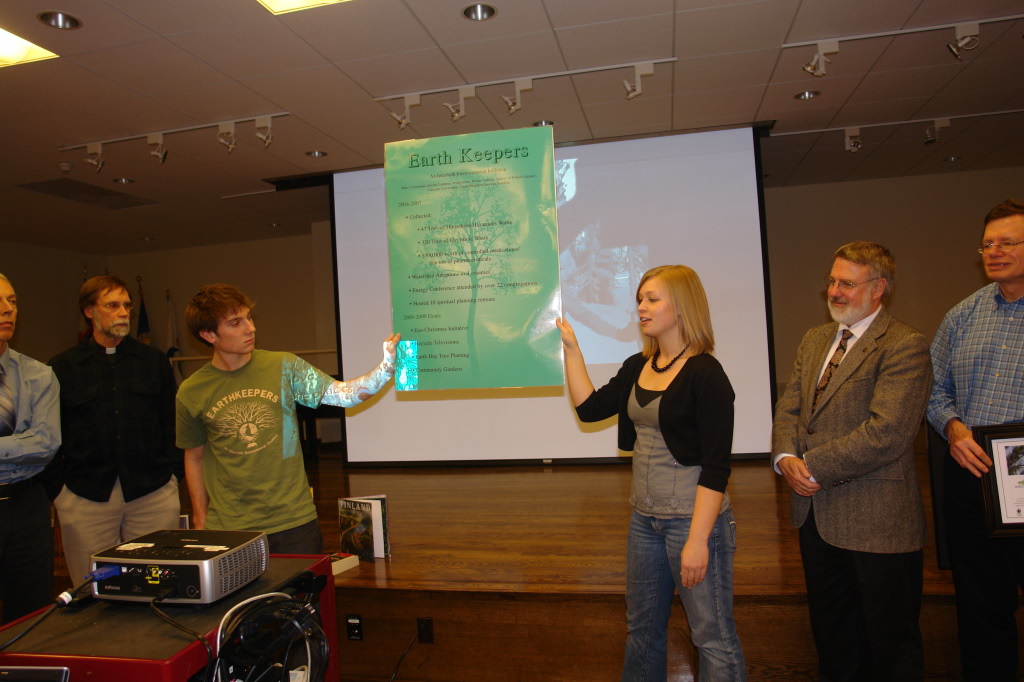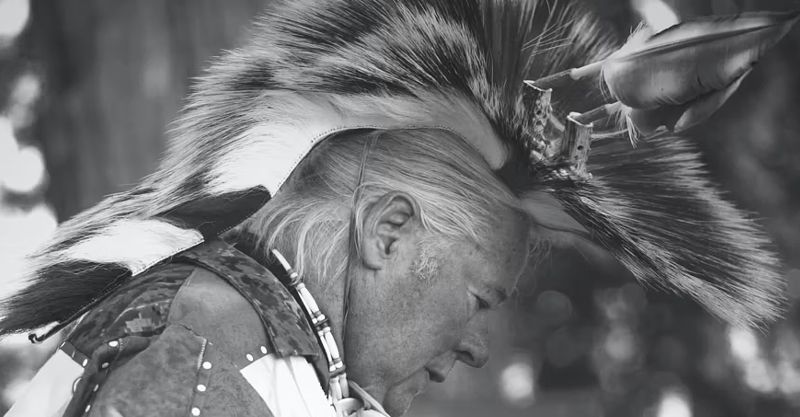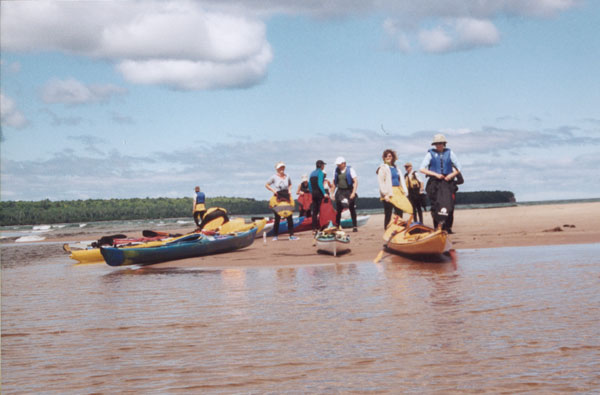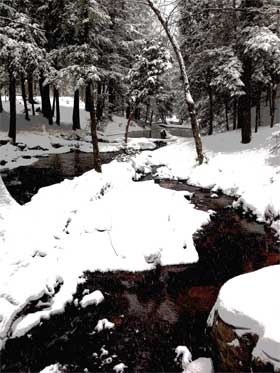Planting 12,000 Trees: Upper Peninsula EarthKeeper team to plant a forest for Earth Day 2009
(Marquette, Michigan) – The Upper Peninsula interfaith EarthKeepers will create the equivalent of a forest for Earth Day 2009 as 12,000 trees are planted by about 100 churches and temples across northern Michigan.
The public is invited to an Earth Day 2009 blessing of the trees ceremony at 3:30 p.m. on Wednesday, April 22 next to the Presque Isle pavilion. The bishops and other leaders from ten faith traditions will plant the first of 12,000 12 to 16 inch White Spruce and Red Pine trees.
“The EarthKeeper project this year is one where people from across the Upper Peninsula will see tangible results of their earth stewardship,” said Gail Griffith, EarthKeeper Implementation Team co-chair. “I hope that congregations involve their young people in their planning and planting.”

Interfaith graphics by Justice St. Rain (Bahá’í Community) of Interfaith Resources
The interfaith EarthKeeper team includes ten faith traditions with over 150 participating churches/temples, the nonprofit Superior Watershed Partnership (SWP), the nonprofit Cedar Tree Institute (CTI), and the Northern Michigan University EarthKeeper Student Team.
Founded in 2004, the Earth Keeper Covenant has been signed by the bishops/leaders of ten faith communities: Catholic, Episcopal, Lutheran, Presbyterian, United Methodist Church, Unitarian Universalist, Baha’i, Jewish, Zen Buddist and the Lake Superior Friends (Quakers).

“Each year the staff at the Superior Watershed Partnership looks forward to helping the EarthKeepers coordinate an event,” said Carl Lindquist, SWP executive director. “It’s fun and it helps further our long term protection and restoration goals for local watersheds and the Great Lakes.”
The trees have been purchased or donated by the U.P. EarthKeeper team, SWP, Holli Forest Products, the Forestland Group, Plum Creek Timber Company and Meister’s Greenhouses.
On Saturday, May 2 northern Michigan churches and temples participating in the project will pick up their share of the trees at local conservation district offices and have been asked to bless the seedlings before planting at numerous locations the next day (Sunday, May 3) assisted by the NMU EarthKeeper Student Team and other volunteers.
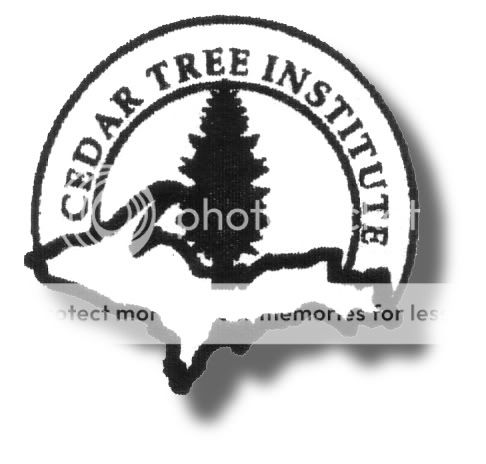
“Our interfaith tree planting effort is more than another conservation project,” said Rev. Jon Magnuson, CTI executive director and EarthKeeper Initiative co-founder. “With prayers, hymns and the blessing of 12,000 seedlings, it’s a gentle proclamation of a new consciousness and commitment among our faith communities to care for God’s creation.”
Northern Michigan University EarthKeeper Team leaders Ben Scheelk and Sarah Swanson outline student goals during a ceremony honoring the EarthKeepers with the Michigan Sierra Club White Pine Award.

Pictured holding the a list of EarthKeeper Initiative accomplishments and plans through 2009 are Ben Scheelk (left), the new Northern Michigan University EarthKeeper (NMU EK) Student Team project coordinator from the Student Leader Fellowship Program and Sarah Swanson (right), the former NMU EK project director who is leaving for Nicaragua. The students held plans an “Eco-Christmas” in December 2008 and are helping with the planting of 12,000 trees for Earth Day2009 and will be planting community gardens at Upper Peninsula churches and temples. The NMU EK students were part of a Marquette ceremony on Thursday (Nov. 13) 2008 as the Michigan Sierra Club presented its “White Pine Award” to the Upper Peninsula EarthKeepers.(Photo by Greg Peterson, Cedar Tree Institute)
Organizers said congregations can still request trees.
“We cannot guarantee the number or species of trees but we want all faith communities to participate,” said Catholic EarthKeeper team member Kyra Fillmore, the project’s communications coordinator for faith communities. “This is about more than putting trees in the ground it’s an expression by the faith communities of love and care for God’s creation.”
Catholic EarthKeeper team member Linda O’Brien said “from the beginning of time God has called us to be good stewards of the earth.”
“Our Catholic tradition allows us to embrace the EarthKeeper Tree Project as a way to continue our good stewardship of the earth,” O’Brien said.
Lindquist said the trees “will be wrapped individually in a plastic bag with planting instructions.”
“Kids love helping to plant trees,” said Linquist, EarthKeeper Initiative co-founder. “We encourage people to take them home or camp and to plant them as soon as possible and to water them.”
The positive environment effects of 12,000 mature trees includes absorbing 3 million pounds of carbon dioxide annually and producing enough oxygen to support 24,000 human beings, according to a treebenefits.com calculator.
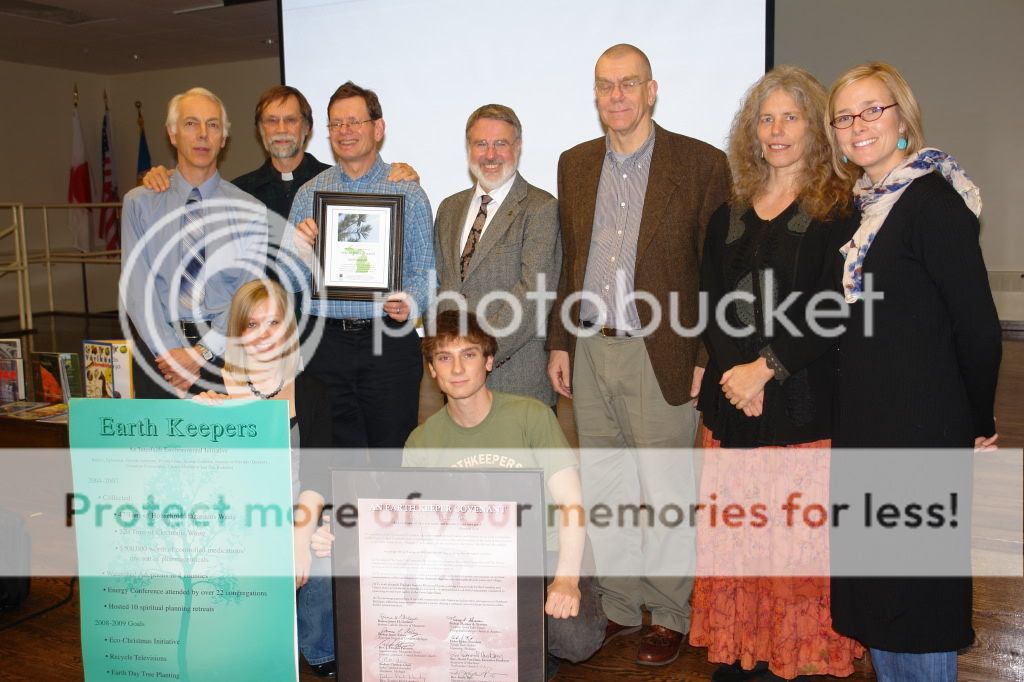
Pictured in the rear, left to right, are David McCowen of Lake Superior Friends (Quakers); Rev. Jon Magnuson, EarthKeeper Initiative co-founder and executive director of the non-profit Cedar Tree Institute; Dr. Jon Rebers, chair of the Sierra Club Central U.P. Group; Dr. Rodney Clarken, leader of the Marquette Baha’i Community and one of the original signers of the EarthKeeper Covenant; Rev. Tesshin Paul Lehmberg, head priest of Lake Superior Zendo, a Marquette Zen Buddhist temple; Nancy Irish, a representative of the Marquette Unitarian Universalist congregation; Natasha Koss, a representative of the Superior Watershed Partnership; (front) Sarah Swanson, the outgoing Northern Michigan University EarthKeeper (NMU EK) Student Team project director; and Ben Scheelk, the new NMU EK project coordinator from the Student Leader Fellowship Program. (Photo by Greg Peterson, Cedar Tree Institute)
The faith leaders participating in the projects said they hope their congregations will request trees.
“To the Catholic community of the Upper Peninsula, I speak words of encouragement to participate fully in this EarthKeepers project,” said Bishop Alexander K. Sample, Roman Catholic Diocese of Marquette “We celebrate this event during the Easter season.”
“We have just celebrated Christ’s victory over death, accomplished through the tree of his cross,” said Bishop Sample, who oversees 94 U.P. parishes and missions with 61,000 members. “These new trees that will be planted can symbolize for us the new life that the Lord has won for us.”
Northern Great Lakes Synod Lutheran Bishop Thomas A. Skrenes said “trees matter” and encouraged Sunday school classes, confirmation classes, men and women groups and others to plant as many trees as possible.
“What a privilege to put your hands into God’s soil and help a tree to grow,” said Bishop Skrenes, the head of 94 U.P. Lutheran congregations with 40,000 members. “You can grow a forest.”
One tree can provides many positive benefits “such as improving air quality, stabilizing the soil, providing shade, and giving beauty to our sight, to name just a few,” said United Methodist Church (UMC) Marquette District Superintendent Grant R. Lobb.
“I have always believed that planting a tree is a gift for the next generation,” said Lobb, whose district has 8,372 parishioners and 60 northern Michigan congregations. “Environmental health has always been a concern for United Methodists, so I am confident that many of the (U.P. UMC) congregations will continue their support of the EarthKeeper work, and will join in this wonderful goal of planting thousands of trees across our beautiful landscape.”
An annual Jewish holiday celebrates the blossoming of the almond trees in Israel at the start of spring, said Dr. Constance Arnold, president of the board for Temple Beth Sholom.
“Tu B’Shvat is a very ancient holiday we observe yearly – this year it fell on February 9,” said Arnold. “This is a reminder of the importance of trees.”
The holiday marks the “New Year of Trees”and customs include tree planting and eating dried fruits and nuts during an evening meal.
“We get together on that day and have something to eat from as many of the fruits of the tree as you can come up with,” Arnold said. “We bring apricots, cherries, olives, dates, pomegranates and cinnamon.”

Interfaith graphics by Justice St. Rain (Bahá’í Community) of Interfaith Resources
The head priest for Lake Superior Zendo, a Marquette Zen Buddhist Temple, said “we absolutely must care for mother earth.”
“Human life, literally and figuratively, is inseparable from mother earth,” said Reverend Tesshin Paul Lehmberg, EarthKeeper Implementation Team co-chair. “We are inextricably threaded to her. In caring for her, we care for ourselves.”
Planting trees is a “simple and meaningful way to put our environmental concern into action” because they “serve as lungs, shelter, inspiration, comfort, and sustenance for other living creatures,” said Nancy Irish, celebrant/coordinator for the Marquette Unitarian Universalist Congregation.
“Planting trees together in our respective sacred spaces is like singing to our planet in a multi-generation, interfaith chorus,” Irish said. “The Earth is what we all have in common and this common act of stewardship can only deepen awareness of that commonality.”
Trees provide “wind breaks, wildlife habitat, fuel source, and a cellulose fiber source,” said David McCowen, a member of Lake Superior Friends, one of two Quaker groups in the U.P.
“Here in the UP it is easy to take trees for granted, but trees are a major part of the surroundings that we love,” McCowen said. “Faith communities have the privilege and responsibility of unselfishly considering the natural environment as being inherently desirable.”
An annual Jewish holiday celebrates the blossoming of the almond trees in Israel at the start of spring, said Dr. Constance Arnold, president of the board for Temple Beth Sholom.
“Tu B’Shvat is a very ancient holiday we observe yearly – this year it fell on February 9,” said Arnold. “This is a reminder of the importance of trees.”
The holiday marks the “New Year of Trees”and customs include tree planting and eating dried fruits and nuts during an evening meal.
“We get together on that day and have something to eat from as many of the fruits of the tree as you can come up with,” Arnold said. “We bring apricots, cherries, olives, dates, pomegranates and cinnamon.”
The EarthKeeper Tree Planting Project is “another opportunity to work cooperatively with God and nature to replenish the earth,” said Pastor Dave Anderson of Grace Presbyterian Church in Sagola, MI and chaplain for the Dickinson Co. Healthcare System.
“There is so much harvesting going on just for profitability, that a planting like this can stand in contrast to a materialistic mindset,” said Rev. Anderson. “Trees can be enjoyed for their beauty and charm, without always having to be seen for their market value,”
“Let’s plant this year to beautify the Earth and to enjoy God’s creation for the right reasons,” Rev. Anderson said.
The connection between trees and a healthy world has long been taught in the Bahá’í Faith, said Dr. Rodney H. Clarken, chair of the Local Spiritual Assembly of the Bahá’ís of Marquette. There are about 40 Bahá’ís in the Marquette area, 144,000 in the United States and six million around the world., Clarken said.
Clarken cited the works of well-known Bahá`í conservationist Richard St. Barbe Baker of England who is nicknamed the “Man of the Trees.” A forester and author who inspired millions to protect what he called the “green mantle” of trees, St. Barbe brought “a message of preserving the natural environment especially trees,”said Clarken.
“Baker had an almost mystical vision about the vital role the world’s forests play in the survival of mankind,” Clarken said. Baker, who died in 1982 at the age of 92, said his lifelong protection of trees was rooted in his Bahá`í Faith, said Clarken.
As a young man working in a Canadian lumber camp, Baker witnessed the quick ruin of ecosystems when topsoil disappeared in the wind and rain after the clear-cutting of virgin forests, Clarken said.
From inspiring the planting of many thousands of seedlings in Africa to protecting the California Redwoods to his efforts to restore millions of acres of the Sahara Desert, Baker’s entire life was dedicated to protecting forests right up until a few days before his death when he planted his last tree at the University of Saskatchewan, Clarken said.
A Dickinson County church that’s going green in many ways is participating in the tree planting project.
“I am thrilled about this – when my kids were little they planted trees,” said Sue Piasini, a member of Grace Presbyterian in Sagola and the mother of four grown children. “Now the tree they planted are huge – they’re about 20 feet tall.”
Planting the trees is “like coming full circle,” said Piasini, a Presbyterian EarthKeeper team member from Channing, Michigan.
“We’re so lucky and blessed to live in beautiful area” with beautiful forests, said Piasini, who is helping coordinate the tree project for numerous Dickinson County churches of all faiths including in Felch, Kingsford and Iron Mountain “We’re going to plant one tree in our church yard and dedicate it and inspire our people” and the rest of their share of the seedlings will be given to church members and others.
“Our church is going green and we are getting rid of all Styrofoam cups and plates” used during the weekly coffee hour after the service,” Piasini said. “You can’t imagine all the Styrofoam that is thrown away.”
“We are only going to use biodegradable paper products,” said Piasini, adding the church is trying to arrange a free energy audit with a “goal to be more energy efficient.”
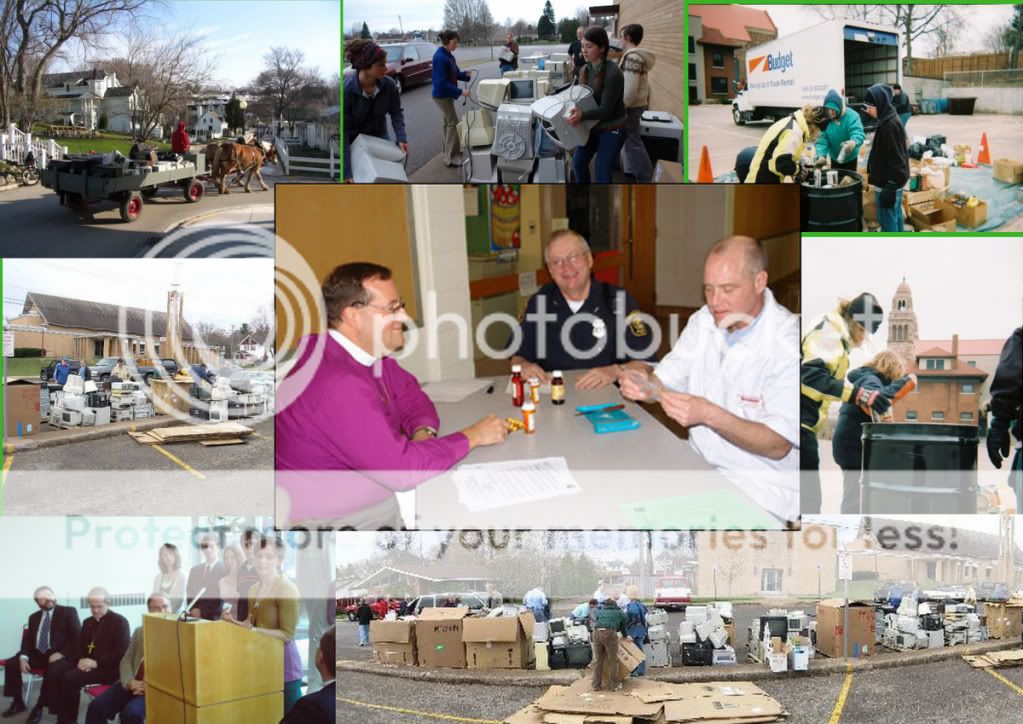
This is the fifth year that the U.P. EarthKeepers have launched an Earth Day environment project.
From 2005-2007, about 15,000 U.P. residents turned in over 360 tons of household hazardous waste at a dozen collection sites across the U.P. Most of the items were recycled and the remainder was properly disposed under federal guidelines including electronic waste like electronic waste like computers, monitors and printers plus cell phones, pharmaceuticals, pesticides, herbicides, oil-based paint and vehicle batteries.
Last year the EarthKeepers provided a household energy conservation checklist that resulted in over 3 million pounds of carbon being reduced, Lindquist said.
In past projects, the EarthKeepers have partnered with numerous groups including the U.S. Environmental Protection Agency and the Keweenaw Bay Indian community.
Congregations that have not yet requested trees should call Fillmore at 906-228-2388. For tree planting technical questions contact the SWP at 906-228-6095.

